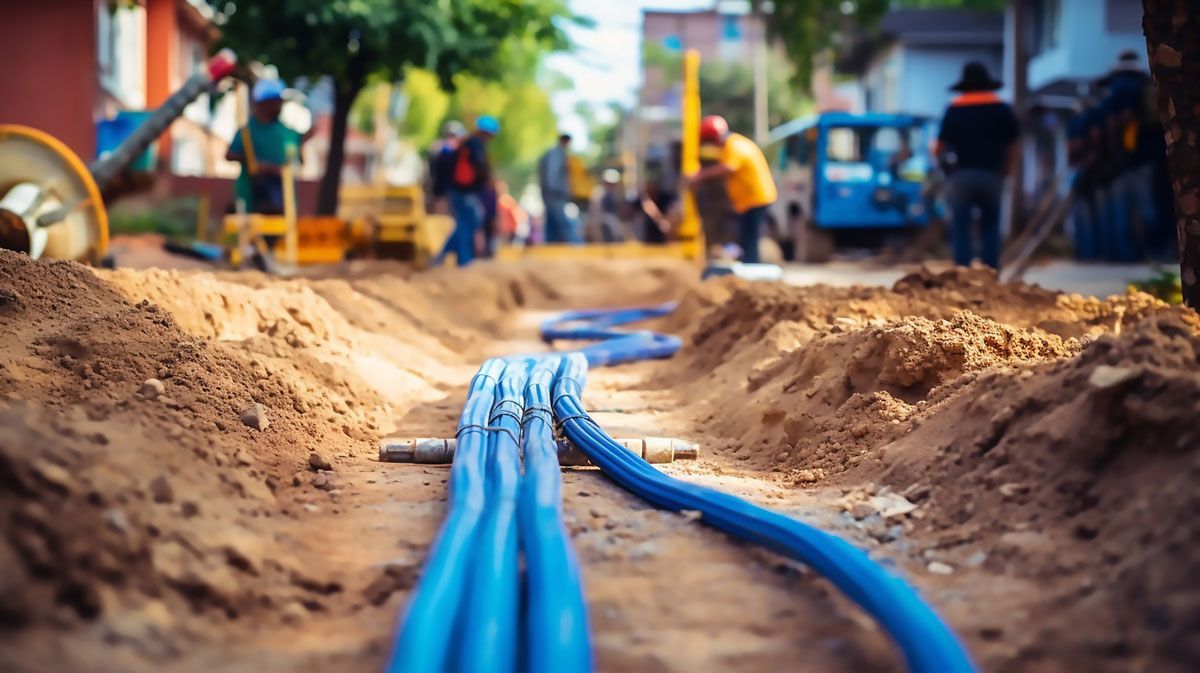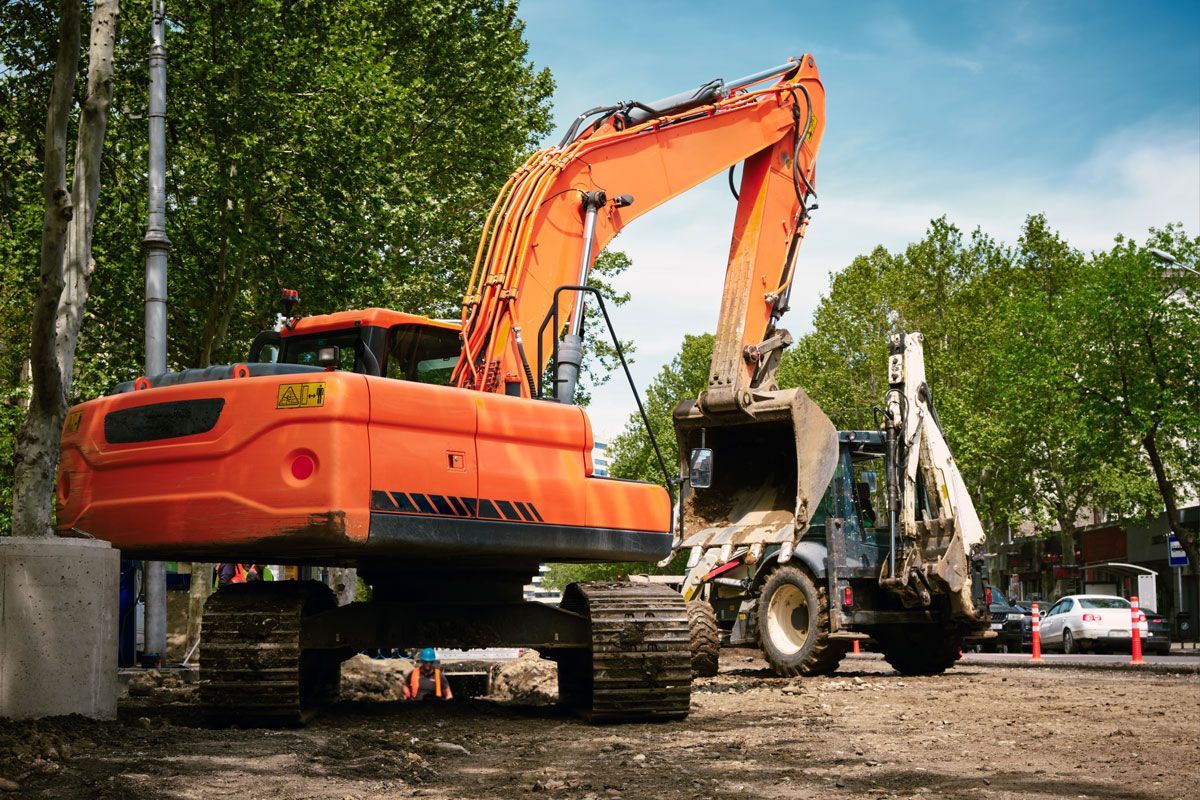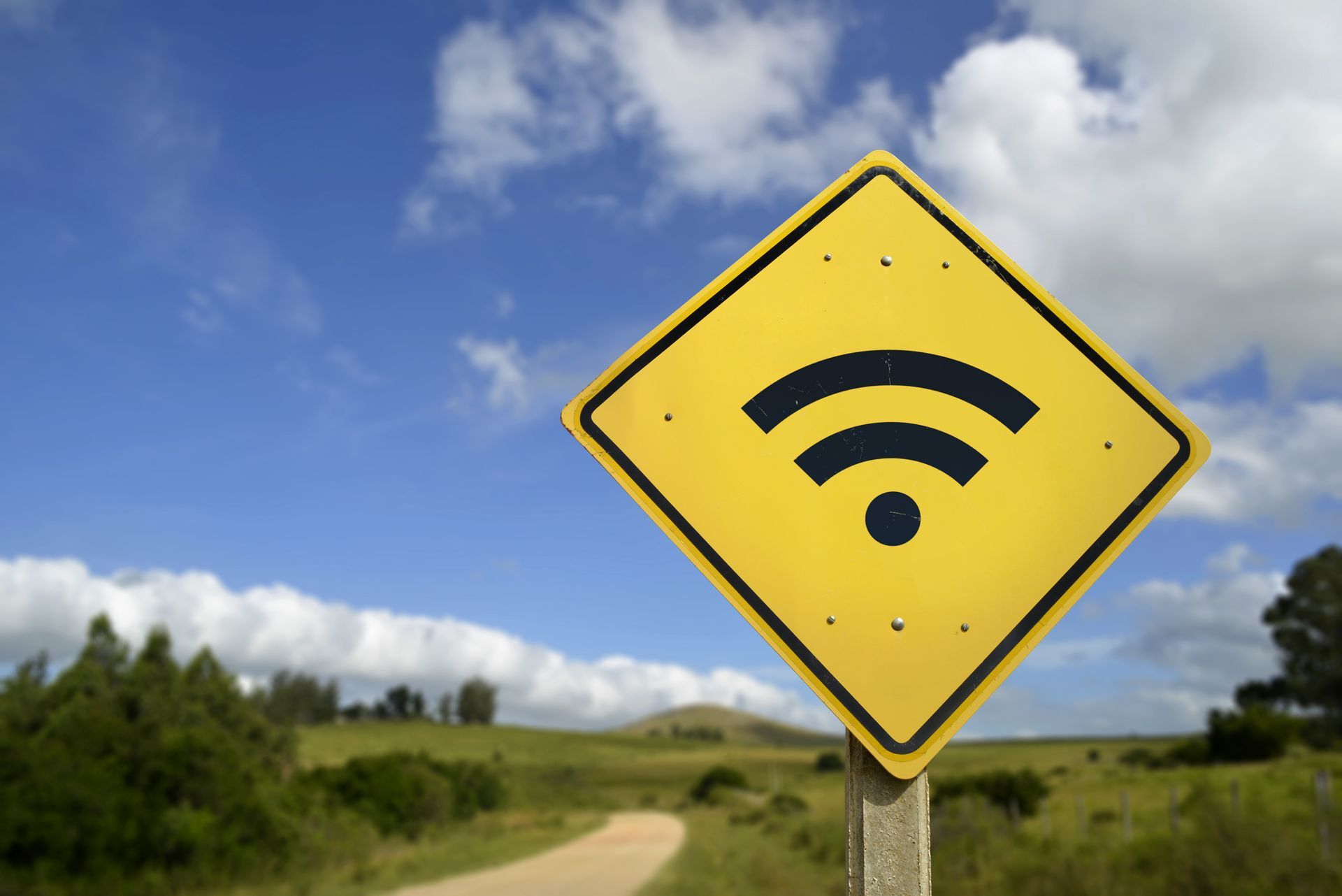Understanding Lawn Markings During Hunt Communications' Cable Installation:
Coming home and seeing several utility flags in your yard might feel like a huge inconvenience, and you might find yourself wondering: why are there utility flags in my yard?
Before construction teams break ground, there's one crucial step – locating underground utilities. The intricate web of pipes, cables, and lines beneath our feet demands careful attention to avoid unintended disruption, and the Hunt Communications team takes this step in the cable installation process seriously.
Locating these underground utilities is worth the inconvenience because it keeps us safe. According to Texas law, anyone planning to dig or excavate the earth deeper than 16 inches must call the number 811 before starting their project to have underground utilities marked with a flag.
This Texas 811 law ensures that utility companies mark the precise locations of their underground assets. This preemptive measure not only safeguards against potential damages but also minimizes disruptions to essential services.
Marking Utilities Before Digging
Marking utilities before digging helps prevent accidents, injuries, and damage to underground infrastructure. Underground utilities like gas lines, water pipes, electrical cables, and telecommunications lines are often buried beneath the surface, and failure to locate and mark them before digging can lead to severe consequences.
Here are just a few reasons why marking utilities before digging is essential:
- Safety: The primary concern is safety. Digging without knowing the location of underground utilities can result in accidental strikes, leading to gas leaks, water main breaks, electrical outages, or communication disruptions. These incidents pose significant risks to workers, the public, and the environment.
- Cost reduction: Accidentally damaging underground utilities can result in expensive repairs. Marking utilities before digging helps avoid unnecessary costs associated with repairing or replacing damaged infrastructure and also prevents potential legal liabilities and fines.
- Time efficiency: Locating and marking utilities before digging streamlines the digging process, helping construction crews and contractors work more efficiently by avoiding delays caused by unexpected utility strikes. This is particularly important in construction projects where time is a critical factor.
- Compliance: Texas has regulations and laws requiring the marking of utilities before excavation. Failing to follow these regulations may lead to legal consequences. These guidelines ensure that construction activities are conducted responsibly and within the law.
Utility companies also use several methods to mark their underground infrastructure:
- Color-coded markings: Different utilities are typically marked with specific colors. For example, yellow may indicate gas lines, blue for water lines, red for electrical lines, and orange for telecommunication lines. This standardized color-coding helps workers quickly identify the type of utility present.
- Flags and paint: Utility companies use these to mark the horizontal path of underground utilities. Flags are placed where the utility is present, and paint is used to outline the path along the ground.
- Utility locator services: Some utility companies employ specialized locator services using advanced technology to detect and mark the exact location of underground utilities. These services may use ground-penetrating radar, electromagnetic equipment, or other technologies.
Keeping these utility markings on your lawn where they are is vital. If you move them, it can lead to confusion and increase the risk of accidental utility strikes. Preserving these markings ensures that everyone involved in the excavation process knows the location of underground utilities, making for a safer and more efficient construction environment.
Understanding the Different Colored Utility Markings On My Lawn
When utilities are being marked on your lawn, each color represents a specific type of utility, and these color codes are standardized to provide clear information to those involved in the installation process. Here's a breakdown of the meanings of these colors:
- White: Indicates proposed excavation or construction. This marking outlines where digging or construction is planned, providing a visual guide for workers to avoid accidental damage to utilities.
- Pink: Temporary survey markings. These markings are typically used for surveying purposes and provide information about the proposed construction site.
- Blue: Represents potable water lines. This includes markings for water pipes that carry safe and drinkable water.
- Green: Indicates sewer and drain lines. These markings highlight the presence of underground pipes used for sewage and drainage systems.
- Purple: Marks irrigation and slurry lines, as well as reclaimed water. This color is used for non-potable water sources, such as irrigation, and for indicating the use of reclaimed water in certain areas.
- Red: Represents electrical power lines, cables, conduits, and lighting cables, which alert workers to the presence of electrical infrastructure, helping to prevent accidental contact that could lead to electrical hazards.
- Yellow: This color marks gas, oil, steam, petroleum, or gaseous materials. Yellow is especially important since it is used to identify the presence of underground pipelines carrying gas or other potentially hazardous materials.
- Orange:
Indicates communications, alarm or signal lines, cables, or conduit. This marking is used for underground communication infrastructure like systems, alarms, and signals.
Benefits of Understanding Lawn Markings
Understanding lawn markings during Hunt Communications' cable installation provides several benefits, contributing to overall safety, efficiency, and successful project completion:
- Preventing injury: Clear and accurate markings help prevent accidental injuries to workers and the public. Knowing the location of underground utilities, such as electrical lines and gas pipes, allows construction crews to work safely and avoid potentially hazardous areas.
- Avoiding property damage: Accurate markings prevent damage to existing infrastructure and private property. Without proper knowledge of underground utilities, there is a risk of accidentally striking water pipes, sewer lines, or other vital infrastructure, leading to costly repairs and disruptions.
- Minimizing service outages: Understanding lawn markings helps prevent service outages by avoiding accidental damage to utility lines. Disruptions to services like electricity, water, gas, or communication are not only inconvenient but also pose risks to public safety. Properly marked utilities contribute to the reliability of essential services.
- Enhancing construction efficiency: Knowledge of utility markings on your lawn streamlines the construction process. Workers can plan their activities more effectively, knowing where to excavate and where to exercise caution. This also reduces the likelihood of delays due to unexpected utility strikes and ensures that construction timelines are met.
What to Do If You Notice an Issue with Markings
If you notice any problems with the markings or have questions about the installation process,
contact Hunt Communications. Clear communication and addressing concerns beforehand contribute to a safer and more successful cable installation.
Conclusion: Why Are There Utility Flags In My Yard?
Understanding lawn markings during Hunt Communications' cable installation is critical for a safe, efficient, and successful project. So, when you find yourself asking, "Why are there utility flags in my yard?" you can remember that these color-coded markings provide vital information about the location of underground utilities, helping prevent injuries, property damage, and service outages.
Be sure to leave the markers as-is – tampering with these markings can lead to accidents, delays, and legal consequences.
You can actively participate in maintaining a safe environment by reporting any issues with the utility markings in your yard. Feel free to
contact Hunt Communications with questions or concerns – we'll make sure that discrepancies are addressed and the cable installation proceeds smoothly.
Clear communication benefits everyone involved – not to mention, it will contribute to the success and safety of the cable installation project.

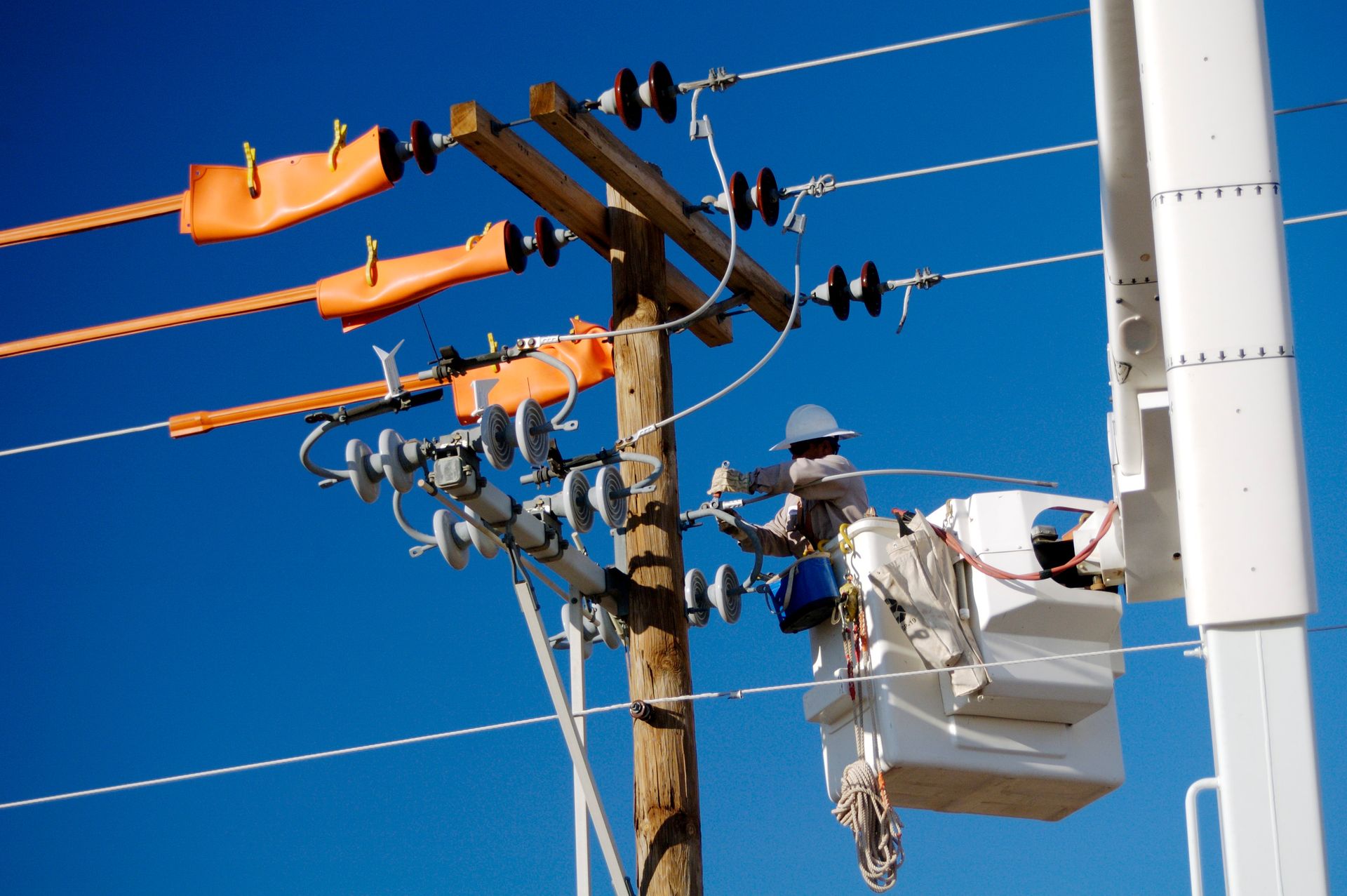
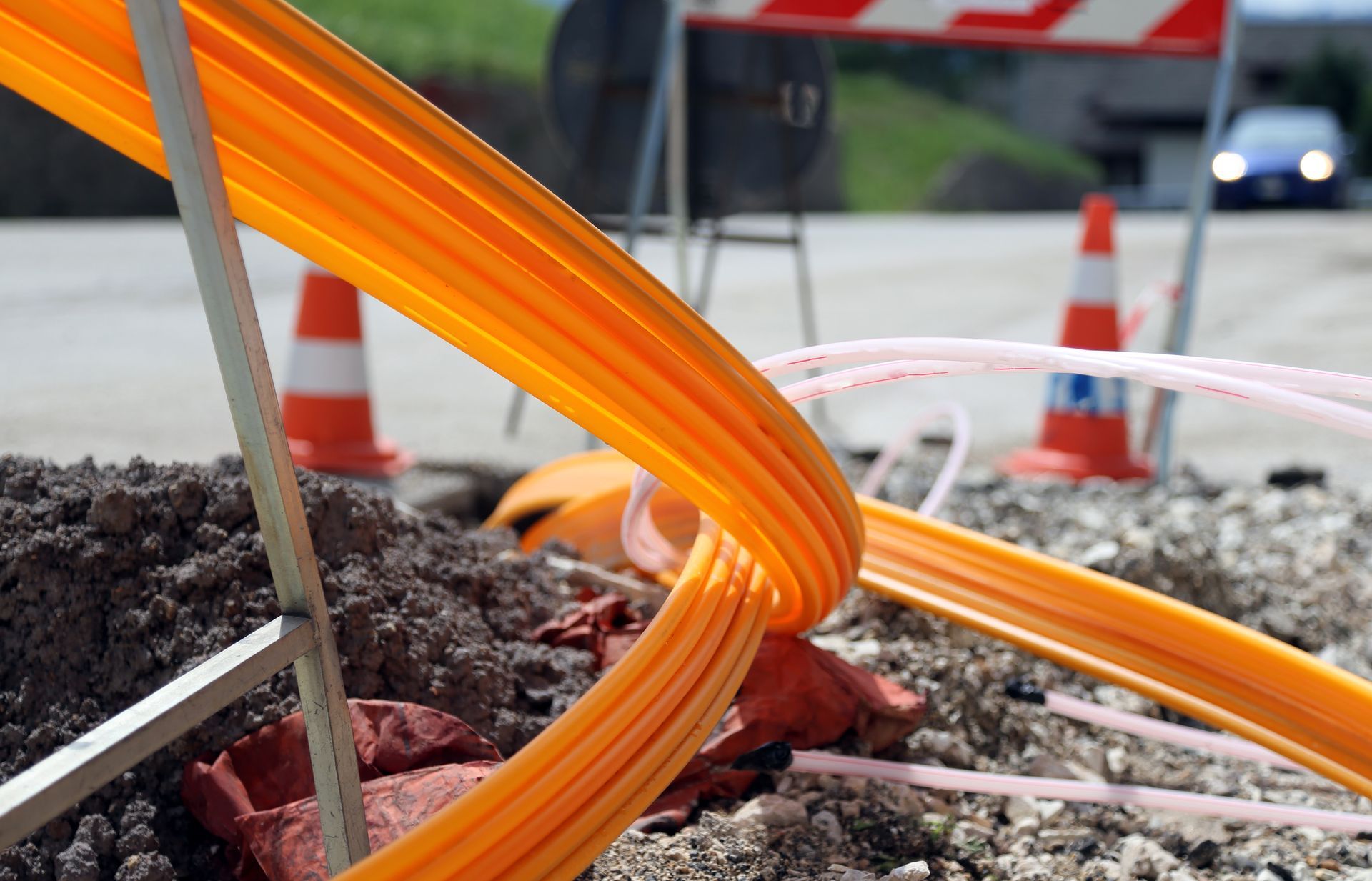

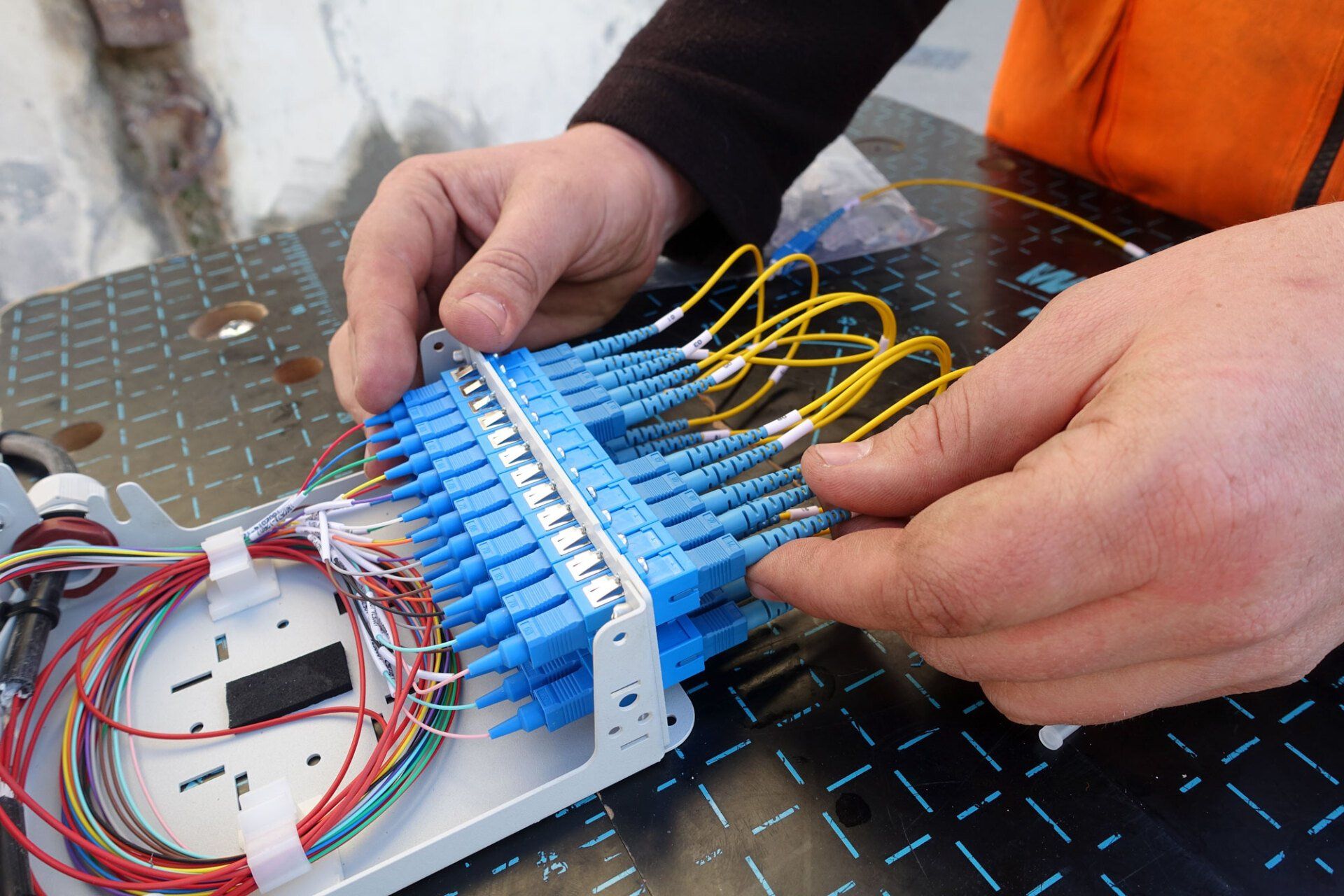
All Rights Reserved | Hunt Communications

